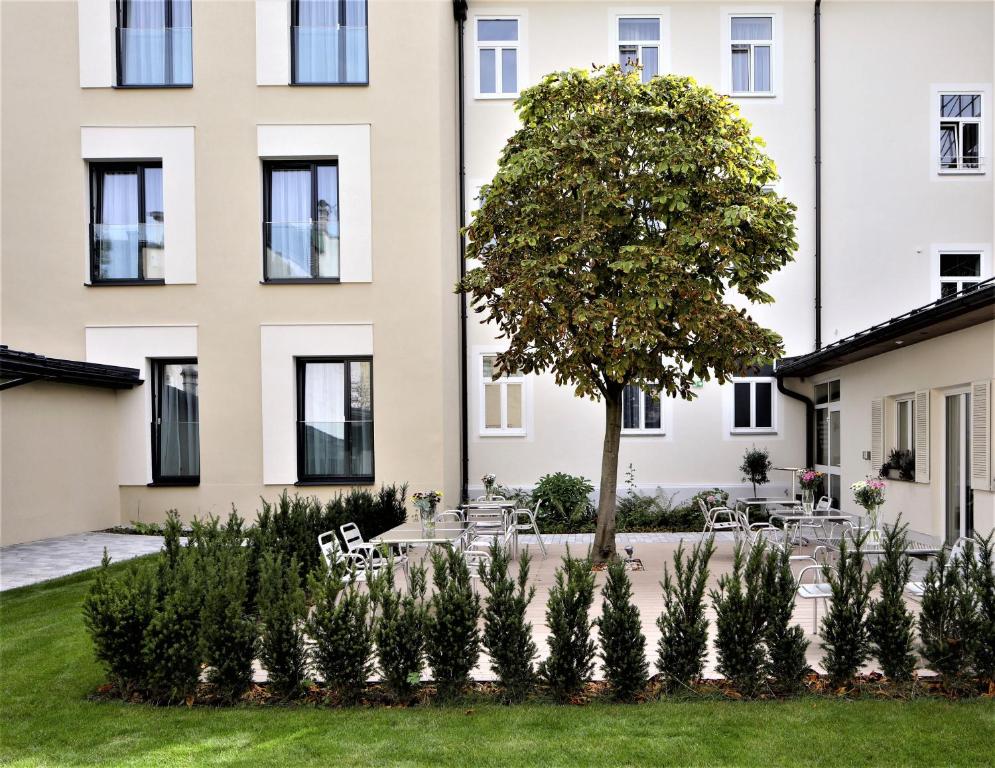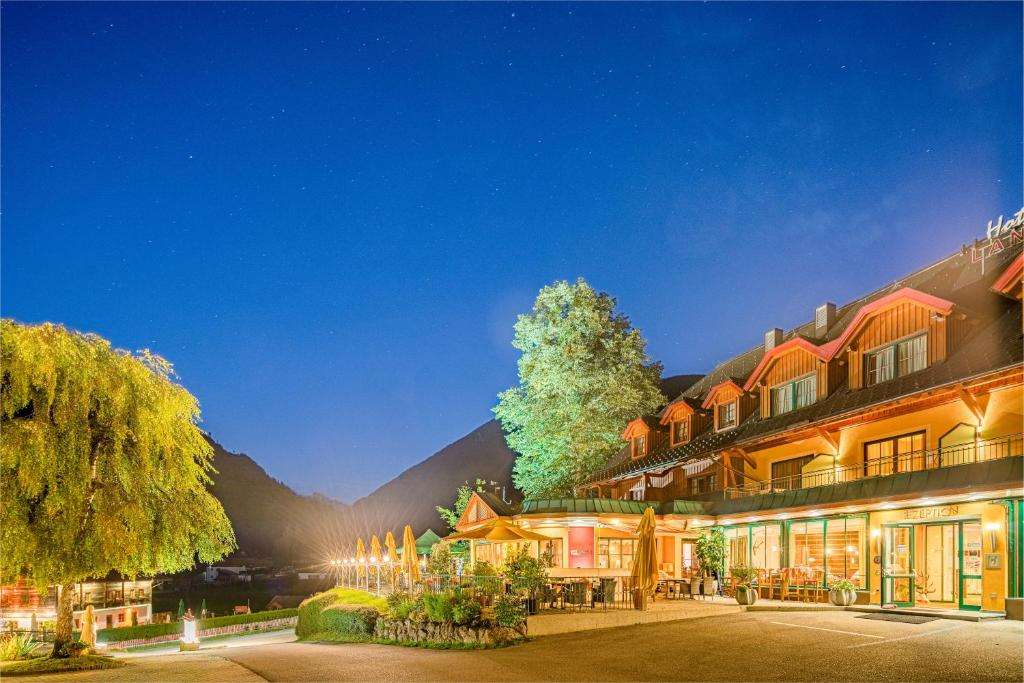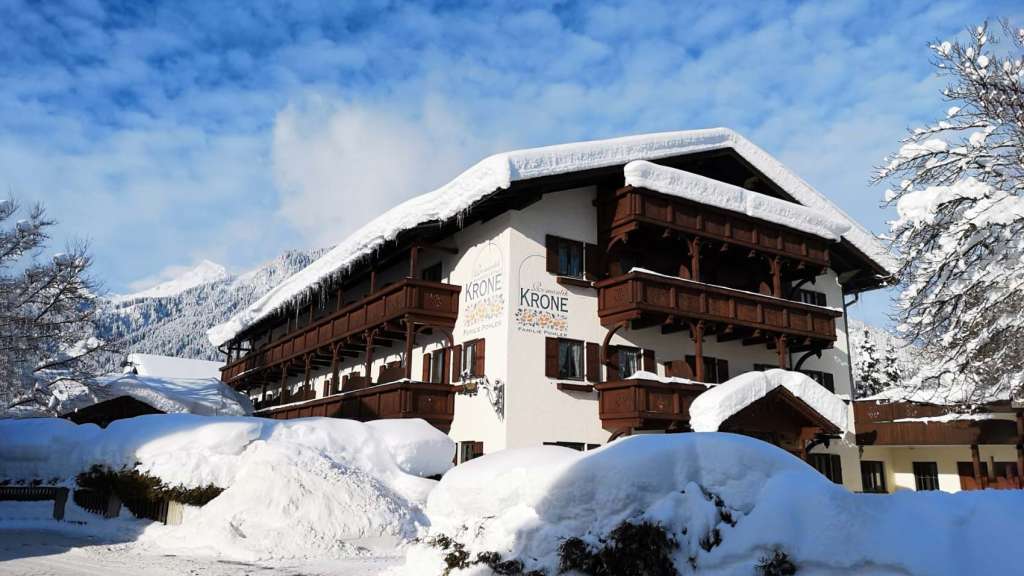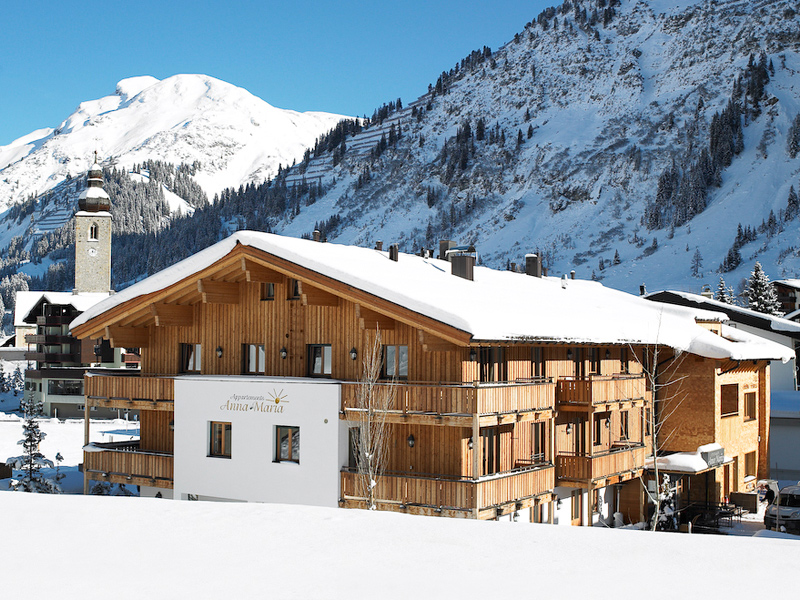Yield Management in the Hotel: Optimizing the Occupancy Rate
The tourism industry is one of the largest industries in the world. The hotel industry in particular plays an important role in this. Especially in regions that attract seasonal travelers, however, it can happen that many hotel rooms end up empty. But this does not have to be the case: With yield management in the hotel, you have the opportunity to maximize your profit sustainably.
In this article, we'll talk about the basics of yield management in the hospitality industry and how to optimize your room occupancy by relying on dynamic pricing.
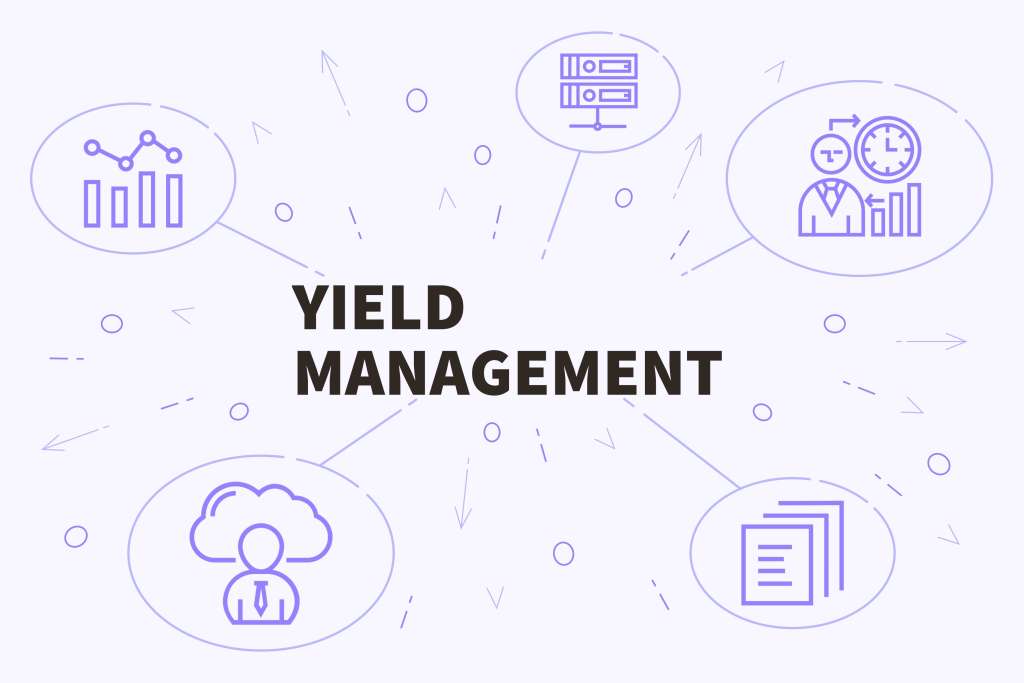
Definition: What is Yield Management?
Yield management, also known as revenue management in German-speaking countries, describes a commercially oriented strategy in which companies dynamically adjust their prices.
This method is usually used by companies that have a limited supply and in industries where the demand for the products or services may fluctuate. In the hotel industry, the yield management strategy is therefore also used to dynamically optimize the room rate. This ultimately allows the hotel to sell as many hotel rooms as possible at the best possible prices.
Factors such as supply and demand, guest preferences, resource availability and pricing are all taken into account to maximize the hotel's annual profit.
The maxim is: sell the right room to the right guest at the right price and at the right time.
This sentence reveals, among other things, the importance of two important factors to consider when calculating and setting prices. Firstly, the fluctuations in supply and demand in the high and low seasons. Secondly, what type of guests or target group should be addressed.
Yield management in hotels is intended to provide appropriate support in the hospitality industry through dynamic price adjustments. The aim is to understand demand and ideally to anticipate it in order to gain an advantage in pricing due to the different willingness of guests to pay.
The basics of yield management in the hotel
Yield management in the hotel industry is based on a simple idea: the prices of hotel rooms should not be static, but should adapt dynamically to guest demand. If demand is high, room rates should rise. If, on the other hand, demand is low, room rates should fall in order to avoid vacancies. The goal of yield management is thus to develop an optimal pricing strategy in order to maximize the supply of hotel rooms and increase the hotel's occupancy rate.
A professional approach to hotel yield management is to use outsourcing opportunities to professionally optimize occupancy rates and pricing. This allows smaller hotels and independent operations to benefit from this effective method. By working with hotel revenue and yield management experts, you can ensure that you are supported and proactively advised through this complex process. These professionals have the expertise and experience necessary to identify the best strategies and techniques that will result in optimal occupancy for your hotel and sustained revenue growth. Use these resources to drive your hotel business forward and maximize your profits over the long term.
Influences on yield management
In this strategy, it is important to consider the internal and external factors that determine the right pricing. So, to determine the best price for a particular date, you should include the following factors:
- Costs (including employee salaries)
- Booking situation and strength of demand
- Time span until arrival
- Competitor prices
- Experience
- Vacations and vacations
- Events as well as trade fairs
The prices should not be below the calculated lower price limit and at the same time not exceed the upper price limit, as otherwise the guests' willingness to book may be lost. Parallel to this, you should also consider that the image of the hotel is also determined and influenced by the pricing. So whether the house is classified as a low-priced or high-priced hotel, again affects the desired target group.
Yield Management and Revenue Management
Yield management is often confused with revenue management, as both are used by hotels for similar purposes - namely, to maximize profits from room sales. However, there are some key differences between the two concepts. Namely, Revenue Management focuses on optimizing total revenue over a longer period of time (e.g., one year).
Revenue management, on the other hand, takes a short-term approach - usually for one day only - to adjust prices to current market conditions and customer preferences, and is thus a helpful tool for achieving revenue management goals.
Why is yield management so essential in hotels?
Yield management is a promising option when it comes to optimizing occupancy rates. By adjusting prices to changing demand patterns (e.g., increasing prices when demand is high) or offering discounts to certain types of guests (e.g., business travelers or families), hotels can ensure that they always have guests in their property and earn more money with each booking.
The advantages of yield management
Using yield management software or outsourcing to experts brings a variety of benefits, including:
-
Increase profitability and sales
Yield management in the hotel ensures that the maximum yield is generated from the available rooms. This is particularly important in view of the often high fixed costs that arise even when a hotel is vacant.
-
Improved profitability through increased capacity utilization
Yield management allows hotels to charge higher rates for popular time periods while lowering their rates during periods of low demand to still generate bookings.
-
Better plannability
By forecasting future booking patterns, hotels can better plan their resources and thus increase the efficiency of their operations.
-
Full flexibility and increased competitiveness
The ability to dynamically change prices and availability allows hotels to respond to unforeseen events such as conferences, trade shows or weather conditions.
Software, formulas and methods for increasing sales
To implement yield management in the hotel, there are several methods. One way is to use software that adjusts the hotel price to demand in real time.
These so-called yield management software packages use algorithms and statistical models to analyze demand and determine the best price for each room. No wonder, then, that they are already used by many large hotel chains and independent hotels that want to optimize their prices.
Common software solutions often make use of information such as:
- Prices of the competition,
- basic pricing formulas,
- Previous discounts and packages
- the collected and analyzed behavioral patterns of the guests
In addition to working with revenue and yield management experts, there are also specialized software solutions that help hotels implement yield management. These tools use advanced algorithms and data analytics to automate demand forecasting and price optimization. By providing real-time information on market dynamics, they enable precise adjustment of room rates according to the current situation. Using such software can increase yield management efficiency and save hoteliers valuable time and resources.
In addition, it is important to emphasize that yield management in the hotel is not limited to price adjustment, but also includes other strategic measures. These include, for example, segmenting the market, creating attractive packages and offers, and targeted marketing of specific room categories. Through these diverse approaches, hotel yield management can take a holistic approach to increase overall occupancy and maximize revenue. However, it requires continuous monitoring, analysis and adjustment to meet ever-changing market conditions and achieve optimal results.
Calculate the Best Available Rate yourself using a formula?
Another method, also widely used, is the use of formulas to calculate the room rate. Here one often calculates the price on the basis of:
- Market conditions,
- Competition
- Demand
In this regard, manual evaluation is often used more by smaller hotels and independent operations that may not have the resources to implement complex yield management software.
Definition of price differentiation?
In the hotel industry, price differentiation plays a crucial role in managing revenue and maximizing profit. With advanced forecasting methods and dynamic pricing strategies, hoteliers can optimize their revenue and manage demand effectively.
Price differentiation enables hotels to adjust their room rates according to demand, season, day of the week and other factors. By taking into account different customer segments and their willingness to pay, hotels can offer their rooms at different prices and thus maximize their occupancy and revenue.
An accurate forecast of future demand is crucial for successful price differentiation. With the help of modern data-driven methods and algorithms, hoteliers can make precise predictions about demand in specific time periods. These forecasts serve as the basis for setting optimal prices and managing inventory.
What is dynamic pricing?
Dynamic pricing is an effective strategy for responding to changing market conditions in real time. By continuously monitoring demand, the competitive situation and other relevant factors, hotels can dynamically adjust their prices to maximize revenue. This flexible pricing allows hoteliers to capitalize on peak periods while offering attractive deals during periods of lower demand.
Revenue management is a holistic approach to managing the overall revenue of a hotel. In addition to price differentiation and forecasting methods, it also includes the optimization of other sources of revenue such as additional services, events and restaurant operations. Through a comprehensive analysis and targeted management of all revenue streams, hoteliers can maximize their total revenue and develop a successful long-term strategy.
Overall, the application of price differentiation, predictive methods, dynamic pricing and revenue management offers hoteliers the opportunity to improve their performance and increase their success. By intelligently managing prices and inventory, hotels can optimize occupancy and increase revenue while meeting the needs of different customer segments. The continuous monitoring and adjustment of strategies in the hotel industry enables operators to remain competitive and achieve long-term success.
The TourSol conclusion:
Regardless of the method chosen, it is important that hotels develop an appropriate pricing strategy. After all, this is the only way to prevent regular vacancies and remain competitive. And this is where Yield Management in the hotel comes into play. Thanks to this useful strategy and with the help of the right software solution, you can thus optimize your hotel's occupancy and sustainably increase sales.
By using algorithms and statistical models, the demand can be precisely analyzed at any time and the best price for each room can be determined. It is important, especially with the manual calculation, that the room price should not be set too high, as otherwise demand will fall. This, in turn, would encourage vacancies. If, on the other hand, your hotel offers the room at too low a price, you may be missing out on potential revenue. The secret to success therefore ultimately lies in making the right price adjustments at the ideal time.
Finally, no subsequent turnover is possible for vacant rooms.
Or, to put it another way, if a hotel room is not booked for one night and thus remains empty, it cannot be sold twice for the next night.
The consequence is that the lost revenue is permanently lost and cannot be recovered.
Yield management is therefore responsible for controlling prices in such a differentiated way that maximum revenue, but also maximum occupancy, can be targeted and implemented.
For yield management, outsourcing options can also be used here to have the occupancy rate and its price calculation professionally optimized. Smaller hotels and independent businesses can also benefit from this effective method.
As experts in hotel revenue and yield management, we are happy to provide you with proactive advice and support in this complex process.




